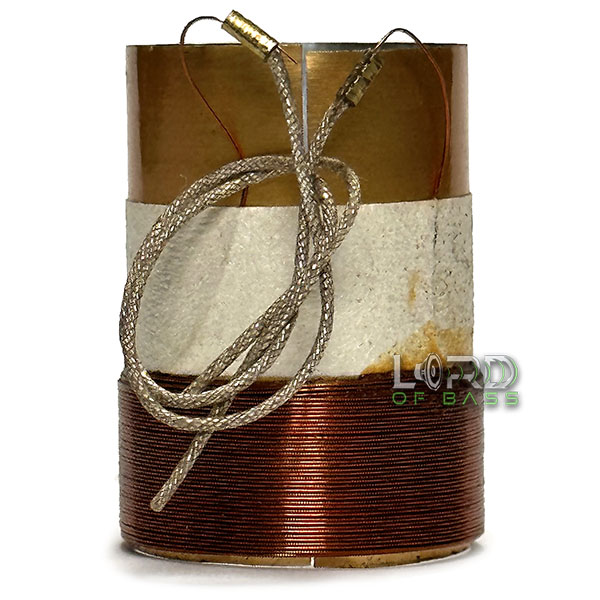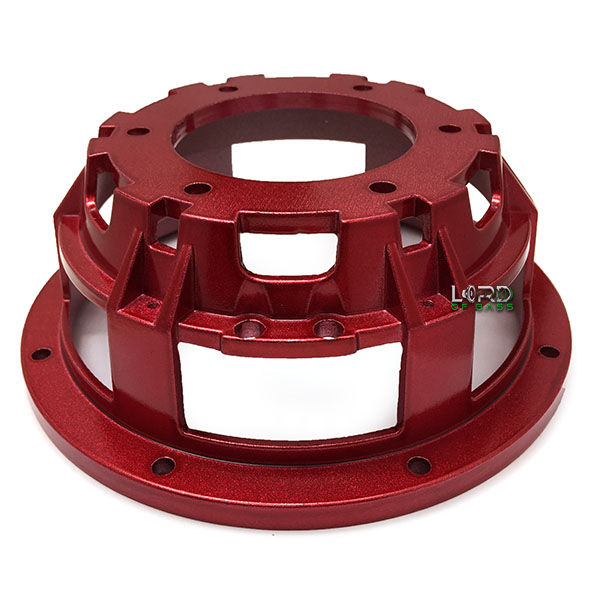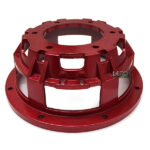
Determining How Much Power Your Speakers Need
November 18, 2022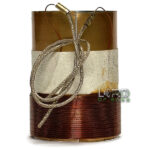
Temperature Differences Between Subwoofer Voice Coil Types
July 13, 2025How Do Speakers Get Blown? Why Do They Sound Distorted?
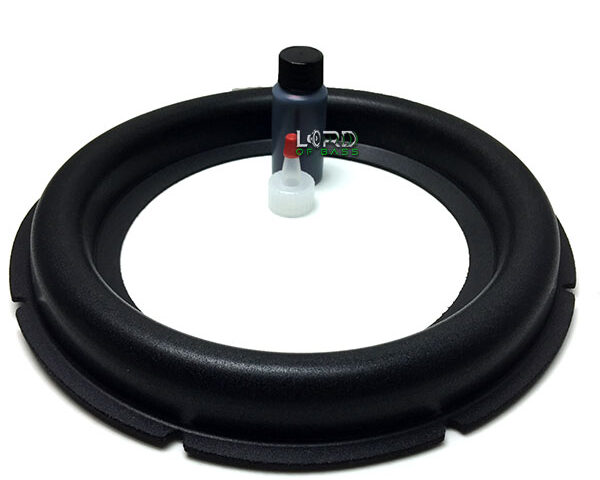
Wondering why speakers blow out or start sounding distorted? Let’s break it down.
What Is Distortion?
Speakers can sound “distorted” without necessarily being damaged. Distortion simply means the audio signal is altered and no longer sounds clean. It’s important to understand the difference between distortion and overpowering a speaker, which can cause real damage.
How Subwoofers Get Damaged
Electrical Failures
Subwoofers can suffer electrical damage if they’re fed too much power. This excessive power overheats and “burns” the voice coil. Common causes include:
-
Incorrect gain settings
-
Improper subwoofer wiring, creating too low an impedance load on the amplifier
If you’re wiring subs, refer to tools like a Woofer Wiring Wizard to avoid mistakes.
Mechanical Failures
Mechanical damage occurs when physical parts of the subwoofer—like the cone, surround, or spider—tear or separate. The most common cause? An enclosure that’s the wrong size:
-
Too large: The subwoofer’s suspension becomes too loose, risking physical damage like tearing the surround or spider.
-
Too small: Generally safer, though it can restrict bass performance.
Always aim for an enclosure volume (Vb) within ±25% of the manufacturer’s recommendation.
Improper ported enclosure design is another risk. Ports must be correctly sized and tuned; otherwise, low frequencies might push the subwoofer beyond its mechanical limits. Check port diameter (Pd), length (Pl), and internal volume (Vb) against the manufacturer’s specs.
How Midrange and Tweeters Get Damaged
Midrange and high-frequency drivers (tweeters) can also fail either electrically or mechanically.
Electrical Failures
These speakers often get blown because they’re fed too much power, burning the voice coil. Prevent this by:
-
Reducing amplifier gain
-
Avoiding excessive treble or bass boosts
-
Not pushing your system beyond reasonable listening levels
If you hear distortion before reaching loud volumes, it’s wise to adjust your amplifier, signal processor gains, or equalizer settings for cleaner sound.
Mechanical Failures
Another common problem is sending the wrong frequencies to the wrong speaker. For example, feeding low bass frequencies to small drivers like tweeters or midrange speakers can physically damage their delicate parts.
Avoid this by:
-
Following the manufacturer’s recommended crossover frequency and slope
-
Ensuring your system’s crossovers properly separate bass, midrange, and treble frequencies
The Truth About Distortion
A common myth says distortion itself destroys speakers. That’s not true. Distortion is simply the audible sign that your audio signal is clipping—meaning your equipment can’t provide enough voltage to reproduce the sound cleanly.
Clipping can happen in any component of your system (source unit, signal processor, amplifier, etc.). Many people believe a clipping amplifier sends DC current to the speaker and burns it up. This is false.
In reality, nearly every car audio system clips a little when playing music at moderate to loud volumes.
Speakers get blown because of sustained overpowering—consistently driving them with more power than their rated limits—not simply because of distortion.
However, to achieve the best sound quality and avoid unnecessary stress on your speakers:
-
Properly match your source unit, processor, and amplifier gains
-
Minimize system noise (like hiss)
-
Set your equalizer thoughtfully

